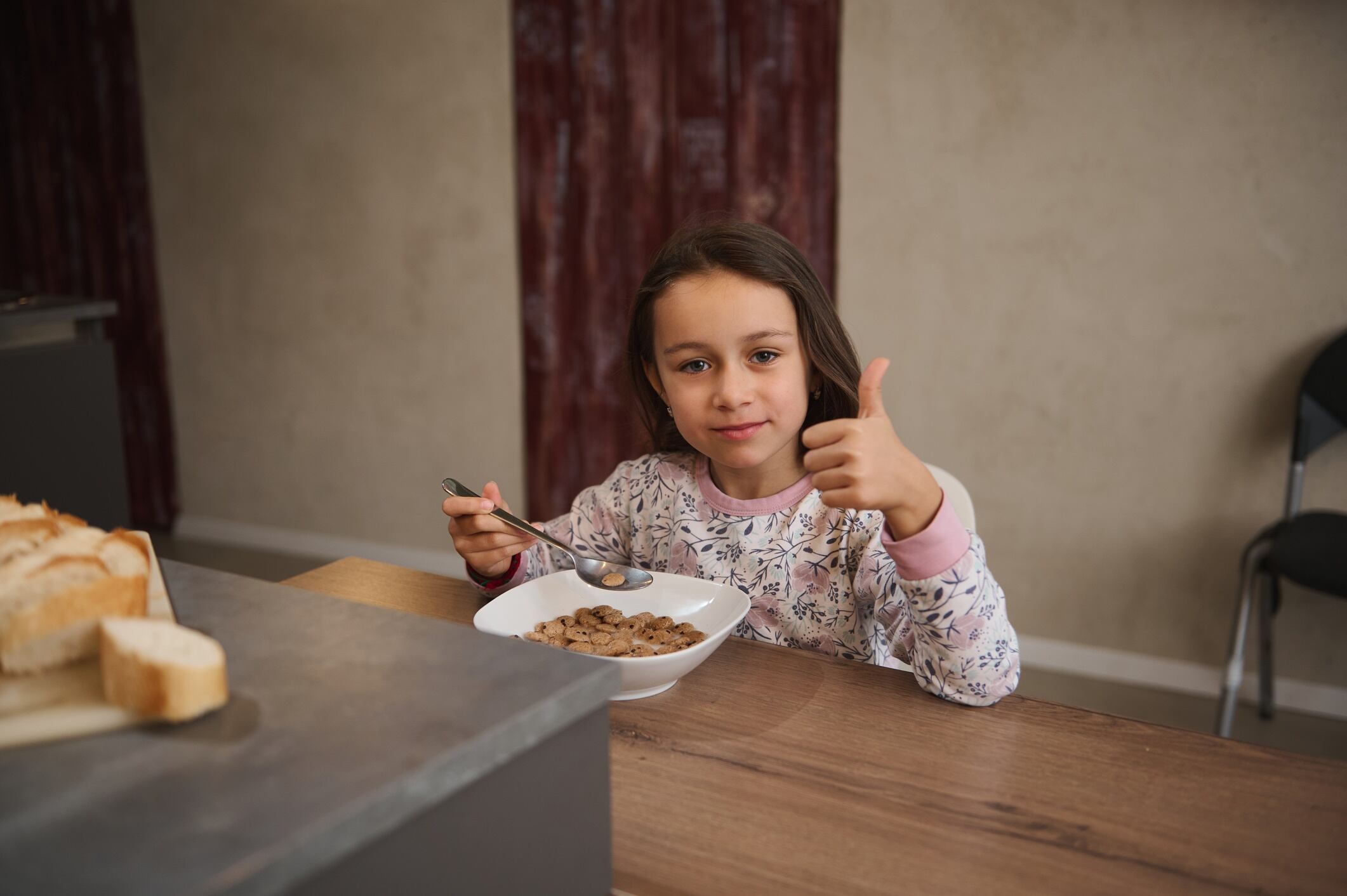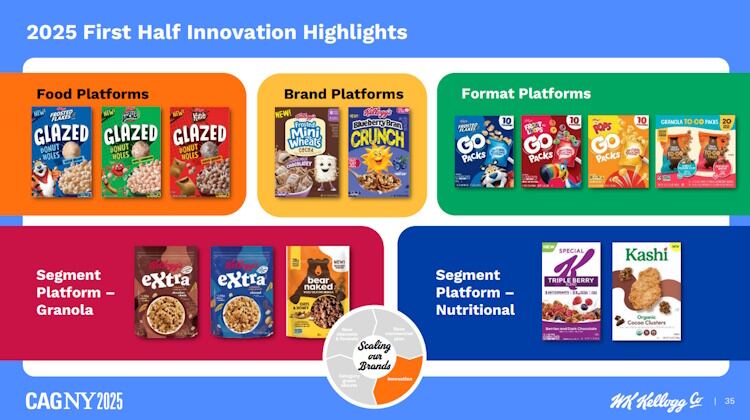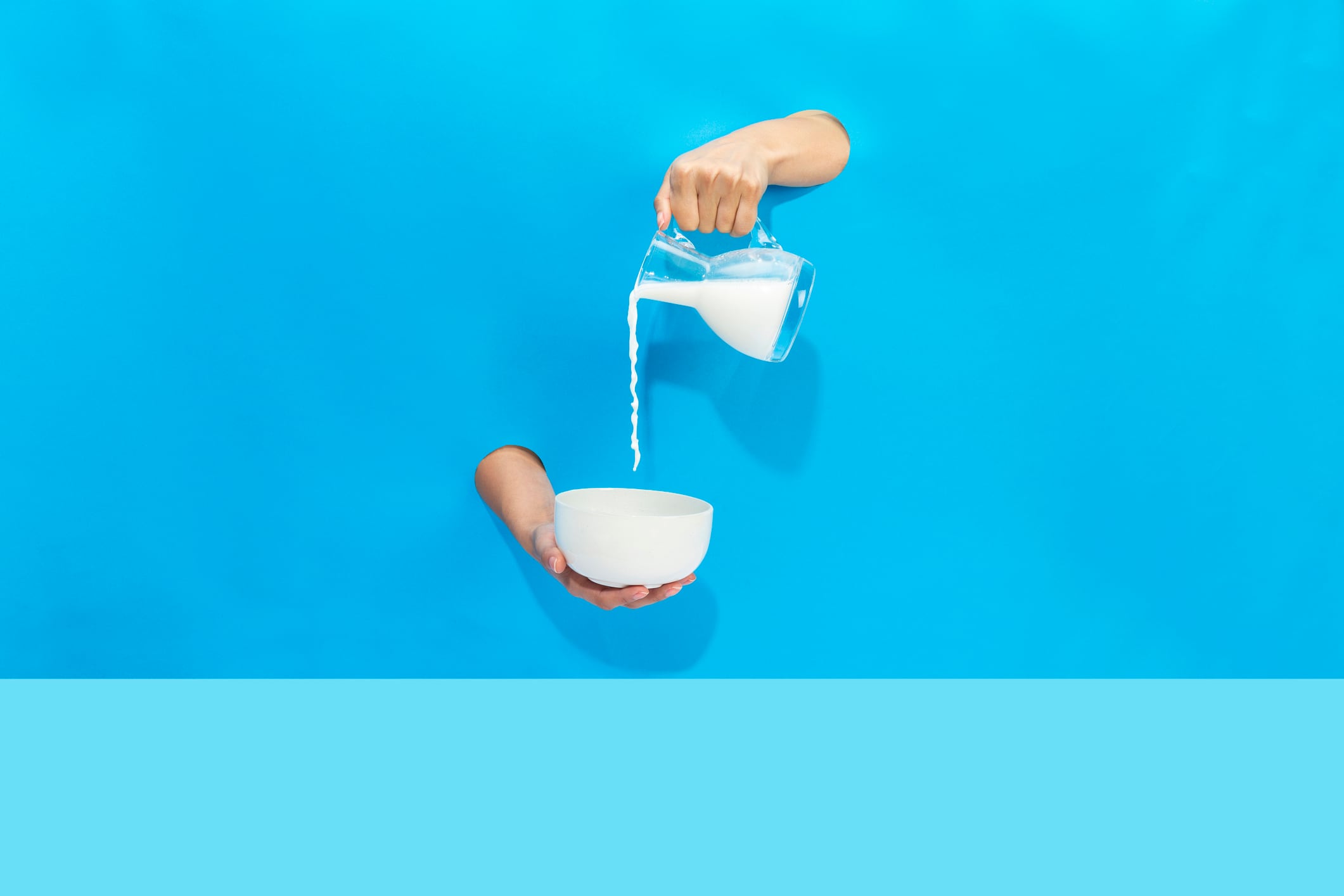Key takeaways:
- General Mills, WK Kellogg and Ferrero are driving a fresh wave of innovation that’s pulling the cereal category back into growth territory.
- The global cereal market is stabilizing, but future gains hinge on protein-forward launches, cleaner labels and relevance over nostalgia.
- Competition is intensifying as big players lean into reformulation, sustainability and faster innovation to reclaim breakfast from rival formats.
For a category that once defined breakfast, cereal has spent the better part of the past decade wondering whether its glory days were over. Household penetration slipped, pound sales dropped and consumers defected to protein shakes, Greek yogurt and anything that didn’t require a bowl.
When General Mills’ chief exec Jeff Harmening told investors at the recent JP Morgan US Opportunities Forum (November 12 in Miami) that the Minneapolis-headquartered company had “done what it needed to do” to stop the bleeding, it was the closest thing to a rallying cry the category has had in years.

Harmening didn’t sugarcoat the situation. Cereal consumption had stabilized, yes, but volume was still “declining in terms of pounds,” driven entirely by a falling buy-rate. Why? Because, as he put it, “people are finding alternatives… protein drinks, yogurt with protein, other things with protein.” In other words, cereal had a protein gap the size of a family pack of Cheerios and consumers were walking right through it.
So, General Mills plugged the hole. Cheerios Protein arrived at the tail-end of 2024 as General Mills’ answer to a breakfast market suddenly fixated on protein counts. It didn’t take long for the newcomer to pass the $100 million threshold, putting clear distance between itself and the smaller challengers crowding the high-protein space. Combined with a sharper marketing push for Cinnamon Toast Crunch and Lucky Charms, the company has given cereal a bit of its swagger back.
But here’s the real twist: competition is heating up in a category that was starting to feel like a museum of 20th century brands. With Ferrero’s $3.1 billion acquisition of WK Kellogg, the cereal aisle has a new disruptor with serious innovation chops. And that’s forcing the entire industry to rethink what a modern breakfast looks like.
A global industry stuck between nostalgia and reinvention

Depending on which major analyst you ask, the global breakfast cereal market is growing – just not at breakneck speed. Grand View Research values the category at a little over $41 billion in 2024, with steady mid-single-digit growth expected through the decade. Euromonitor International characterises the category as ‘stable but mature’, noting that value growth now leans more on premium and functional upgrades than on sheer volume. Mintel’s outlook lines up with this, suggesting the global cereal business is edging upward, but at a measured pace.
Most analysts agree that North America continues to command the lion’s share of the market, with estimates putting its slice of global cereal sales at around the mid-40% range. But even here, cold cereal sales have been chipping away for decades. Euromonitor data indicate that US cold-cereal volumes have been declining for more than 25 years. That makes every stabilization milestone feel almost celebratory.
Globally, cereal’s value lies in an irresistible trifecta: convenience, familiarity and the ability to hit multiple price points. But the forces reshaping the category are powerful. Health priorities have shifted. Pressure to cut sugar is reshaping formulations across the aisle, while plant-based eating and protein-heavy breakfasts have moved firmly into the mainstream. And inflation has made consumers ruthless about what they consider good value.
The result is a category that can grow, but only if it evolves. And the companies that evolve fastest will take the lion’s share of that growth.
Orchestrating the comeback

General Mills’ recent moves aren’t just product launches; they’re a strategy. Cheerios Protein closed the nutritional gap. Cinnamon Toast Crunch got a creative revamp. Lucky Charms rode the same wave. Under the hood, this is a company doing deep diagnostic work on relevance, taste and marketing effectiveness.
Harmening admitted as much. Advertising “was not as good as it needed to be” on Cinnamon Toast Crunch. So they fixed it. The result was a dramatic lift in engagement, plus regained volume and dollar share. It’s a reminder that in cereal, taste is king, but brand heat keeps the crown on straight.
Then there’s the innovation pipeline. General Mills says it’s exploring “a whole spectrum” of ways to build the category: new benefits, new licensing deals, even acquisitions. Clean label work is advancing, too, with the company committing to remove certified colors from all its US cereals and K-12 foods by summer 2026, and from its full US retail portfolio by the end of 2027. Its protein strategy has already crossed over to granola, where Nature Valley now leads the US granola segment. And the company’s move into high-protein bars via the Ghost brand shows it’s not afraid to hedge against cereal-averse consumers.
Even sustainability is getting airtime. The company recently quadrupled its use of Kernza in Cascadian Farm cereals. The perennial grain doesn’t just fit the regenerative agriculture trend; it also gives the brand a point of difference in a crowded aisle.
But cereal’s revival won’t come from one manufacturer alone.
The rise of the disruptors

WK Kellogg brings decades of cereal heritage, but its new parent, Ferrero Group, is cut from very different cloth. Ferrero’s track record in indulgent brands and fast-paced product development suggests it sees untapped potential in the category rather than a business in decline.
Ferrero is known for aggressive innovation cycles, fast decision-making and the ability to turn stagnant brands into household obsessions. Harmening himself said that “even having a new competitor in the cereal category would probably help the category” and it’s hard to argue. If Ferrero invests heavily and stirs up competition, the whole aisle stands to benefit.
Meanwhile, Post Consumer Brands is leaning into value-led NPD, while Nestlé is doubling down on whole-grain updates and plant-based formats to meet shifting nutrition expectations. In the UK, Weetabix has leaned heavily into high-fiber marketing and on-the-go formats. And globally, the granola boom hasn’t peaked yet.
Every player is searching for the magic blend of health halo, taste punch and convenience. And they’re all doing it while fighting for relevance among consumers who have more breakfast choices than ever.
What will decide cereal’s future?

For decades, the cereal aisle has coasted on the warm glow of nostalgia, but while that tugs at heartstrings, sentiment alone doesn’t keep products moving off the shelf. What does is relevance. And the brands that stay relevant will be the ones that deliver real protein without compromise, cut sugar without turning breakfast into a chore, make sustainability meaningful rather than cosmetic, and design formats that actually fit the grab-and-go, snack-driven reality of modern mornings. They also need to treat cereal as culture – something fun, expressive and worth talking about – rather than a dusty household routine.
Harmening is convinced that better advertising and sharper benefit-led innovation will win consumers back and most analysts echo the sentiment. The data is on their side: cereals that lean into functional benefits – whether higher fiber, added protein or more whole grains – consistently outperform those clinging to nostalgia or mascot-led charm.
The real test is whether cereal can win back its role as the go-to morning meal. The short answer is yes, but only if the category adapts at a far quicker clip than it has in recent years. The longer answer is that it needs to start behaving more like a beverage brand – fast, responsive and culturally tuned-in – and less like a sleepy pantry staple waiting for a revival.
What’s clear is that the bowl is back in play. And the race to reinvent breakfast is just getting started.
The state of Big Cereal
General Mills
FY2025 net sales: $19 billion (plus $1 billion from joint ventures)
Recent innovations:
* Cheerios Protein (now a $100 million business)
* New Cinnamon Toast Crunch flavor extensions and revamped marketing
* Nature Valley high-protein granolas
* Expansion of Kernza in Cascadian Farm cereals
WK Kellogg Co (now part of Ferrero Group)
Pre-acquisition annual revenue: Approximately $2.7 billion
Recent innovations:
* Sugar reductions and whole-grain reformulations across flagship brands
* Portfolio cleanup to focus on core cereals
* New flavor varieties in Special K to align with high-protein and functional trends
* Ferrero-driven innovation expected in 2025-26 pipeline
Post Consumer Brands
Annual revenue: Approximately $6.2 billion
Recent innovations:
* Lower-cost family-size formats targeting inflation-sensitive shoppers
* Expanded Malt-O-Meal bagged cereal lineup
* Limited edition Pebbles and Honey Bunches of Oats launches
* Functional-leaning granola and better-for-you extensions
Nestlé (CPW – Cereal Partners Worldwide, with General Mills internationally)
CPW annual revenue: Estimated $2.5-$3 billion
Recent innovations:
* Whole-grain reformulations across European lines
* Lower-sugar cereals to meet UK and EU targets
* Plant-based and vegan-friendly variants under Fitness and Shreddies
* New portable breakfast pots for on-the-go markets
Weetabix (owned by Post Holdings internationally)
Annual revenue: Approximately $500-$600 million
Recent innovations:
* High-fiber extensions in core Weetabix blocks
* Alpen no-added-sugar variants
* Protein-enriched Ready Brek products
* NPD focused on UK sugar-reduction compliance
Kellogg’s (outside cereals, now Kellanova)
Annual revenue: Nearly $13 billion (post-split, focused on snacks and emerging markets)
Though Kellogg’s cereal assets spun off as WK Kellogg, Kellanova still influences the breakfast occasion with Pop-Tarts, Eggo and morning snacking platforms
Recent innovations:
* Eggo protein waffles
* Pop-Tarts flavor-cycle expansions
* Cross-category morning snacking formats
Up-and-coming challengers
Magic Spoon
Estimated revenue: $200-$300 million
Innovations: High-protein, low-sugar direct-to-consumer cereals; expanding retail footprint
Seven Sundays
Estimated revenue: $20-$30 million
Innovations: Sunflower-based cereals, grain-free formats, regenerative ingredient sourcing
Catalina Crunch
Estimated revenue: $60-$70 million
Innovations: Keto-friendly cereals, protein-rich clusters, expanding convenience size formats





